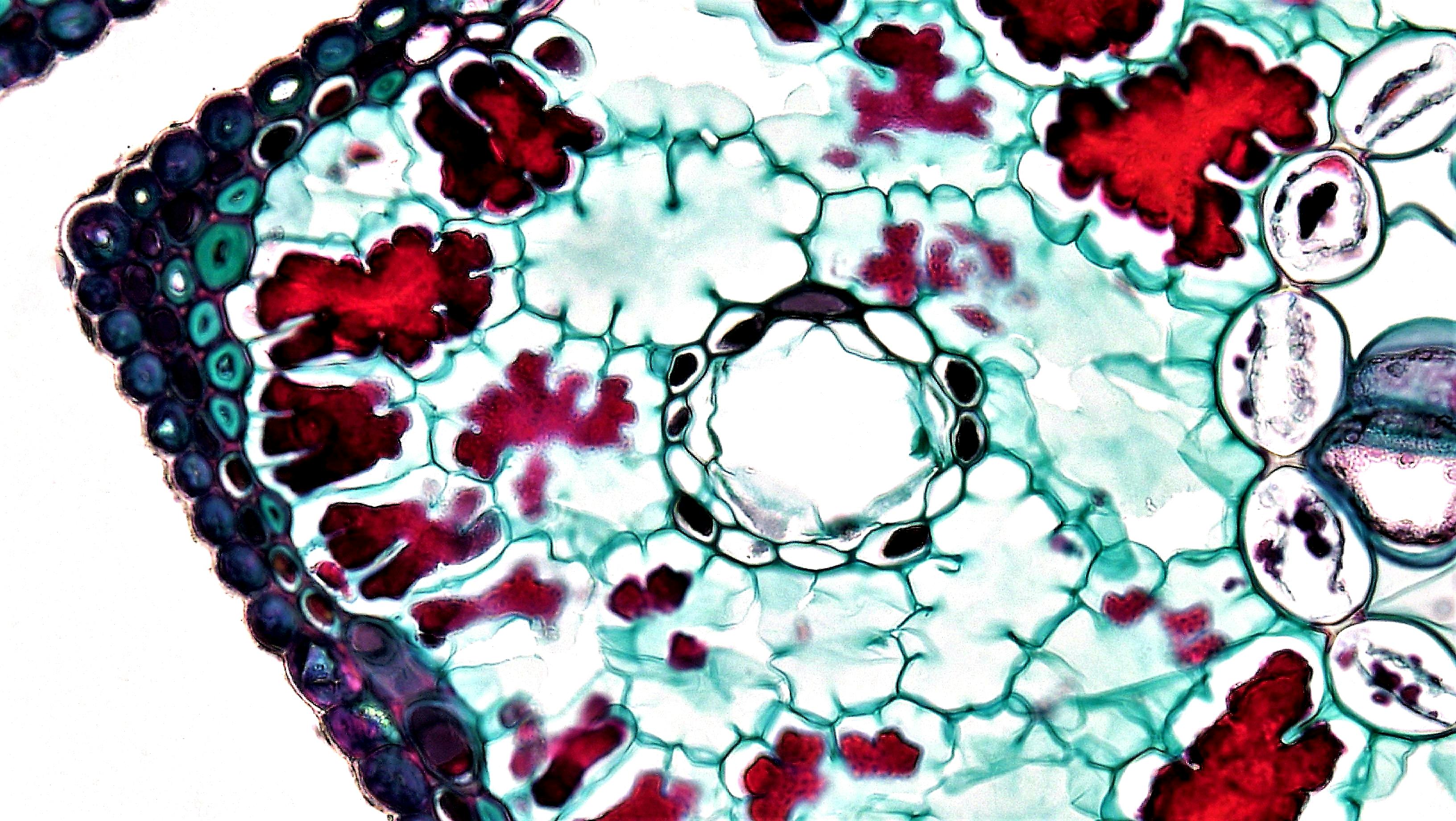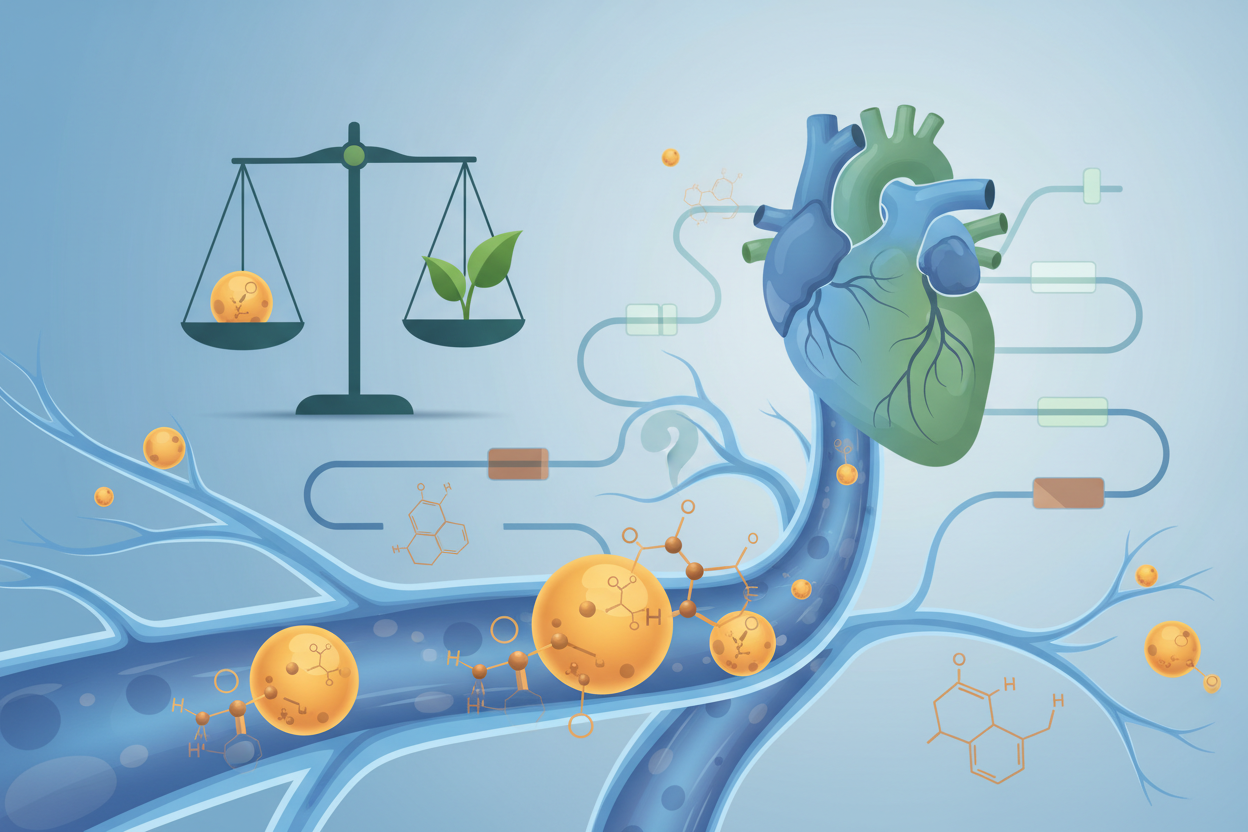Dr. Robert O. Becker, a pioneer in regenerative medicine and bioelectromagnetism, significantly contributed through his experiments to the understanding of the role of bioelectric phenomena in regulating key cellular processes such as growth, differentiation, apoptosis, and regeneration. His findings offer a new conceptual framework for integrating biochemical and biophysical mechanisms in living systems and open the way for the development of innovative therapeutic approaches.
Becker's research brought several key findings:
1. Living tissues exhibit semiconductor properties and are permeated by endogenous direct currents with nanoampere intensity. These "injury currents" play a key role in regulating regenerative processes, and their disruption can lead to healing disorders and chronic inflammations.
2. The source of bioelectrical signals is likely ferroelectric domains in mitochondrial cytochromes, which create a quantum-entangled system connecting all cells in tissues. The ferroelectric nature of mitochondria allows the formation of stable electric dipoles that contribute to the generation of endogenous electric fields and the regulation of cellular differentiation.
3. The nervous system participates in the regulation of regeneration through direct currents generated by mechanical deformation of tissues and interaction with polarized water in the extracellular space. Nervous signals thus modulate local bioelectrical gradients and influence the behavior of stem and progenitor cells.
4. Bioelectric currents have a quantum nature and can be mediated by Josephson junctions in gap junctions or nonlinear optical phenomena in wide bandgap (WBG) semiconductors, such as cytochromes or melanin. These quantum effects enable coherent information transfer and synchronization of cellular processes at the tissue level.
5. Mitochondria function as cellular photoreceptors and transducers that transform sunlight (especially UV and infrared spectrum) into electrical signals controlling metabolism and signaling cascades. Light thus plays a crucial role in regulating cell differentiation, proliferation, and apoptosis through modulation of the redox state, production of reactive oxygen species (ROS), and activation of transcription factors.
6. The application of exogenous direct currents with intensities in the microampere range can induce dedifferentiation into a pluripotent state and subsequent redifferentiation into target cell types in mammalian cells. This phenomenon, known as "bioelectrical reprogramming," represents a promising strategy for in vivo tissue and organ regeneration without the need for cell transplantation.
7. Disorders of bioelectrical signaling, caused for example by chronic deprivation of UV radiation, electromagnetic smog, or toxic substances, can lead to disruption of intercellular communication, dysregulation of apoptosis, and oncogenic transformation. Tumor cells are characterized by altered membrane potential, ferroelectric properties, and resistance to light-induced apoptosis, which underscores the role of bioelectrical mechanisms in the etiology of tumor diseases.
The integration of Becker's findings into current medical paradigms requires a fundamental conceptual shift from a reductionist emphasis on molecular processes to a holistic view of living systems as complex bioelectrical networks. This perspective highlights the role of tissue organization, intercellular communication, and biophysical interactions in regulating cellular behavior and opens new possibilities for therapeutic interventions.
Research on bioelectrical mechanisms of regeneration and tumor transformation should focus on the following areas:
a) Clarification of the role of ferroelectric properties of mitochondria and other cellular components in generating endogenous electric fields and regulating cell differentiation.
b) Development of non-invasive methods for measuring and modulating local bioelectrical gradients in vivo with the aim of supporting regenerative processes and suppressing malignant transformation.
c) Study of interactions between the nervous system, immunity, and local bioelectrical signals in the context of tissue homeostasis and pathology.
d) Clarification of the molecular mechanisms by which light of different wavelengths controls cellular processes through mitochondrial phototransduction and redox signaling.
e) Development of therapeutic protocols using controlled application of direct currents, electromagnetic fields, and optical stimulation for regenerative medicine and oncological treatment.
Becker's pioneering research laid the foundation for an integrative and translational approach to regenerative medicine and oncology, combining insights from cell biology, biophysics, biocybernetics, and other fields. His vision of "bioelectrical medicine" represents a paradigmatic shift in our understanding and approach to human health, aging, and disease. It is highly desirable that Becker's legacy be further developed and his revolutionary ideas integrated into modern medical practice and research.





Leave a comment
This site is protected by hCaptcha and the hCaptcha Privacy Policy and Terms of Service apply.